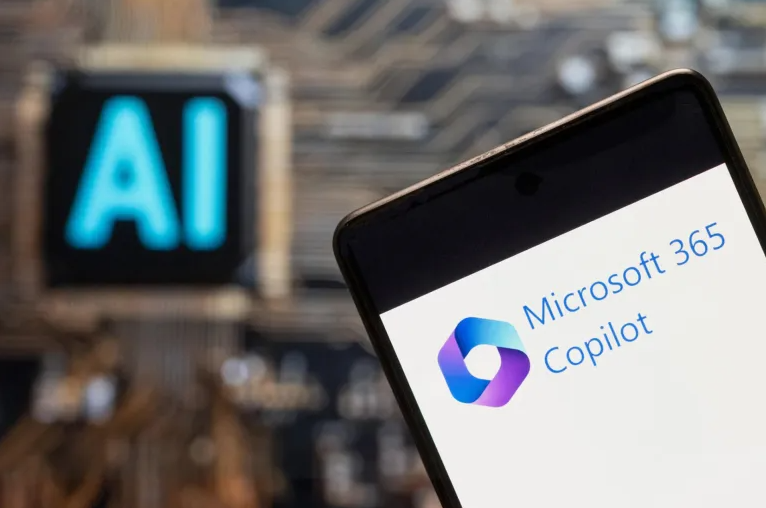
Microsoft has developed low-cost artificial intelligence (AI) solutions that require minimal computational power and financial resources. The company has formed a new team called “Gene AI” to build what it calls small language models. The team focuses on creating conversational AI models with low computational requirements compared to current technology. The small language models aim to provide conversational capabilities similar to large language models, such as GPT, with lower resource needs.
This initiative allows Microsoft to reduce costs and carbon footprint in its AI products and services compared to externally developed alternatives. Microsoft has previously heavily relied on OpenAI’s developments in AI, using technologies like the large language model “GPT-4” in the Bing search engine and the image generator “DALL-E 3” in Bing Image Creator.
The Gene AI team aims to develop AI that matches or surpasses the functions provided by companies like OpenAI while making it specifically suitable for small-scale applications. This suggests a potential shift towards greater independence in Microsoft’s AI development.
Microsoft’s efforts to develop small, cost-effective AI technology open new possibilities for the company to offer its solutions, reducing dependence on external companies. The company has launched the 3D meetings feature within Teams, incorporating its mixed reality platform Mesh into Teams for full-scale virtual meetings.
Microsoft describes Mesh meetings as providing employees with a sense of shared presence, even when geographically distant, with features like spatial audio enhancing the immersive experience. The 3D virtual meetings in Teams, powered by the mixed reality platform Mesh, resemble the enterprise version of “AltSpaceVR,” a social virtual reality platform that Microsoft acquired in 2017 and shut down a year later.
Mesh 3D meetings in Teams work better with virtual reality headsets, with Microsoft currently supporting Meta’s Quest headsets. Users can participate in 3D virtual meetings, and the spatial audio feature simulates the ability to have private conversations, similar to discussions held in an office while physically distancing from other colleagues in the virtual space.
Leave a Reply